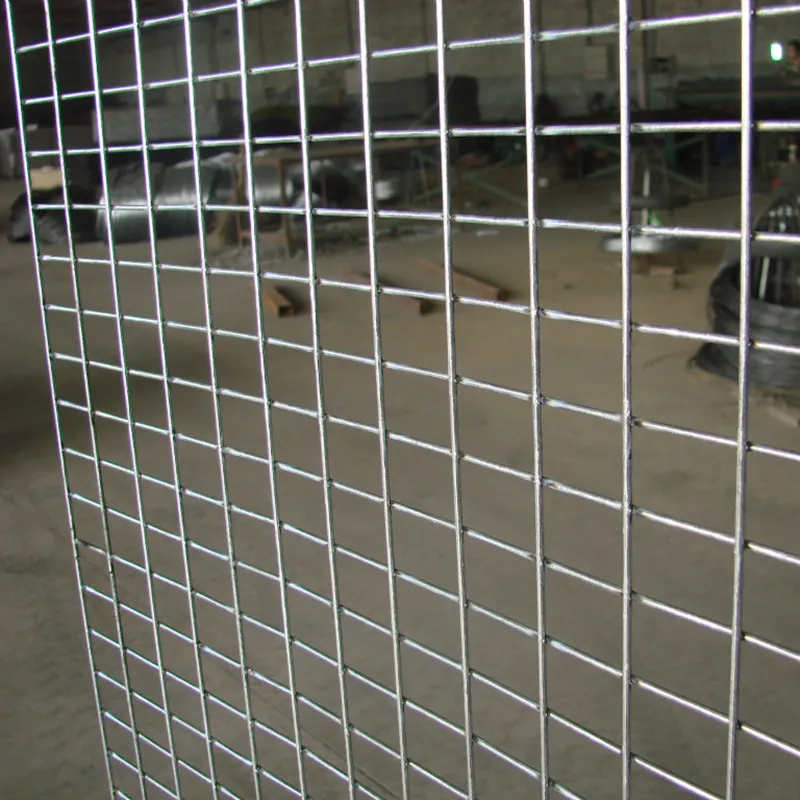Understanding Thick Expanded Metal A Versatile Material for Various Applications
In the realm of construction and manufacturing, materials play a crucial role in determining the strength, durability, and aesthetics of a project. One such material that has gained significant popularity due to its unique properties is thick expanded metal. This versatile product is made from sheets of metal that have been slit and stretched to form a mesh-like pattern, resulting in a material that is both lightweight and strong. In this article, we will explore the characteristics, manufacturing process, applications, and benefits of thick expanded metal.
Characteristics of Thick Expanded Metal
Thick expanded metal is characterized by its diamond-shaped openings, which allow for excellent ventilation, drainage, and visibility while also providing a strong structural support. The thickness of the metal typically ranges from 1.6 mm to 6 mm, making it suitable for heavy-duty applications. The material is available in various metals, including steel, aluminum, and stainless steel, each offering different levels of resistance to corrosion and wear.
One of the most notable features of thick expanded metal is its strength-to-weight ratio. Despite its lightweight nature, it can bear significant loads, making it ideal for framing, fencing, and flooring systems. Furthermore, the pattern formed during the manufacturing process reduces the likelihood of warping or distortion, providing stability and consistency in various environments.
Manufacturing Process
The production of thick expanded metal involves several steps. First, a flat metal sheet is chosen based on the required specifications. The sheet is then fed into a machine that slits the metal in a specific pattern to create the desired openings. Following this, the sheet is stretched to expand the metal, which results in the characteristic diamond shape. This process not only forms the mesh but also increases the overall strength and rigidity of the material.
Once the expanded metal is formed, it can be finished in various ways. Techniques such as powder coating, anodizing, or galvanizing can be applied to enhance the material's resistance to corrosion and improve its aesthetic appeal. The final product is versatile and can be cut or shaped to fit specific applications.
Applications of Thick Expanded Metal
thick expanded metal
Thick expanded metal is utilized across a wide range of industries due to its robust properties
. Some common applications include
1. Architectural Elements Designers frequently use thick expanded metal in architectural applications such as facades, railings, and partitions. The open design allows natural light and airflow while providing a modern aesthetic.
2. Industrial Uses In industrial settings, thick expanded metal is often used for walkways, grating, and platforms. Its slip-resistant surface ensures safety in environments where liquids might be present.
3. Fencing and Security Thick expanded metal serves as an effective option for fencing and security applications. Its strength deters intruders while allowing visibility, making it a preferred option for commercial and residential properties.
4. Automotive and Aerospace In the automotive and aerospace industries, thick expanded metal is used for components where weight savings are essential without compromising strength. It is often found in structural panels and heat shields.
5. Furniture Design The unique aesthetic offered by thick expanded metal has led to its increasing use in contemporary furniture design. Tables, chairs, and shelving units made from this material combine form and function, adding a distinctive touch to interiors.
Benefits of Thick Expanded Metal
The advantages of using thick expanded metal are numerous. Its lightweight nature reduces transportation costs, while its durability means it can withstand harsh environmental conditions. The open pattern allows for drainage and ventilation, making it suitable for outdoor applications. Additionally, minimum maintenance is required, further enhancing its appeal.
In conclusion, thick expanded metal is a remarkable material that combines strength, versatility, and aesthetic appeal. Its unique properties make it suitable for a myriad of applications, spanning from architectural design to industrial uses. As industries continue to evolve, the demand for innovative materials like thick expanded metal will likely grow, further establishing its importance in modern manufacturing and construction.























